For a brief stretch in the mid-60s, The Association popped up all over the pop charts. The California-based outfit showed their versatility during that period of success, coming up with hits via both ballads and uptempo material.
Videos by American Songwriter
Their versatility also spread to how they sourced their songs. The band wrote a few of their own hits. But they also knew how to pick winners written by others, as was the case with their 1967 No. 1 hit “Windy”.
The Sophomore Slump
The Association managed to mix up the sweet vocal blend of early 60s easy listening groups such as The Four Freshmen with more modern elements. They could prove quite convincing in a psychedelic rock setting. And they could also add some baroque pop elements to their musical stew.
After a few early singles failed to do much damage, they caught fire with “Along Comes Mary” and “Cherish”, two songs off their 1965 album And Then…Along Comes The Association. The latter song was written by Terry Kirkman, one of the band’s chief singers. It gave them the confidence to try to write all the material for their follow-up LP.
But Renaissance, which arrived in 1966, failed to produce any singles that made the same type of impact. When the band’s initial label was swallowed up by the much bigger Warner Bros. Records, the pressure was on The Association to produce. That precipitated some changes in how they did things.
Outside Help
For one, The Association, who had played all the instruments on Renaissance, allowed studio pros from the legendary Wrecking Crew to handle those duties on their third album, Insight Out, released in 1967. They also looked to outside songwriters once again, which is how they found “Windy”.
Ruthann Friedman, who knew mutual friend of the band Van Dyke Parks, came to The Association with the song. She originally envisioned it as more of a sauntering, waltz-type track. In addition, she had written the title character as a male, someone special she would have liked to date at the time.
The Association changed the gender to a female character and pumped up the pace. Vocals were handled by Russ Giguere and Larry Ramos, although, as usual, a vocal blend with every member of the band came to the fore. “Windy” hit No. 1 on the pop charts. That was an extremely rare occurrence at the time for a song penned by a woman songwriter.
Behind the Lyrics of “Windy”
“Windy” represents the kind of whimsical, effervescent dream girl that often populated the narratives of 60s pop songs. She’s “peekin’ out from under a stairway,” “smilin’ at everybody she sees,” and “reachin’ out to capture a moment.” The narrator can’t believe anyone would ever question her identity: “Everyone knows it’s Windy.”
The song also suggests that she only displays that fun, breezy side of herself if she’s treated in kind. “And Windy has stormy eyes,” the narrator explains. “That flash at the sound of lies.” But ultimately, you can’t keep her down. “And Windy has wings to fly/Above the clouds.”
Ruthann Friedman once explained that, after singing the song herself for years, she came to the realization that “Windy” is how she wished to appear to the world. With The Association giving the song such a trippy, tantalizing rendering, you can’t really blame her for wanting to embody her most famous creation.
Photo by Don Paulsen/Michael Ochs Archives/Getty Images

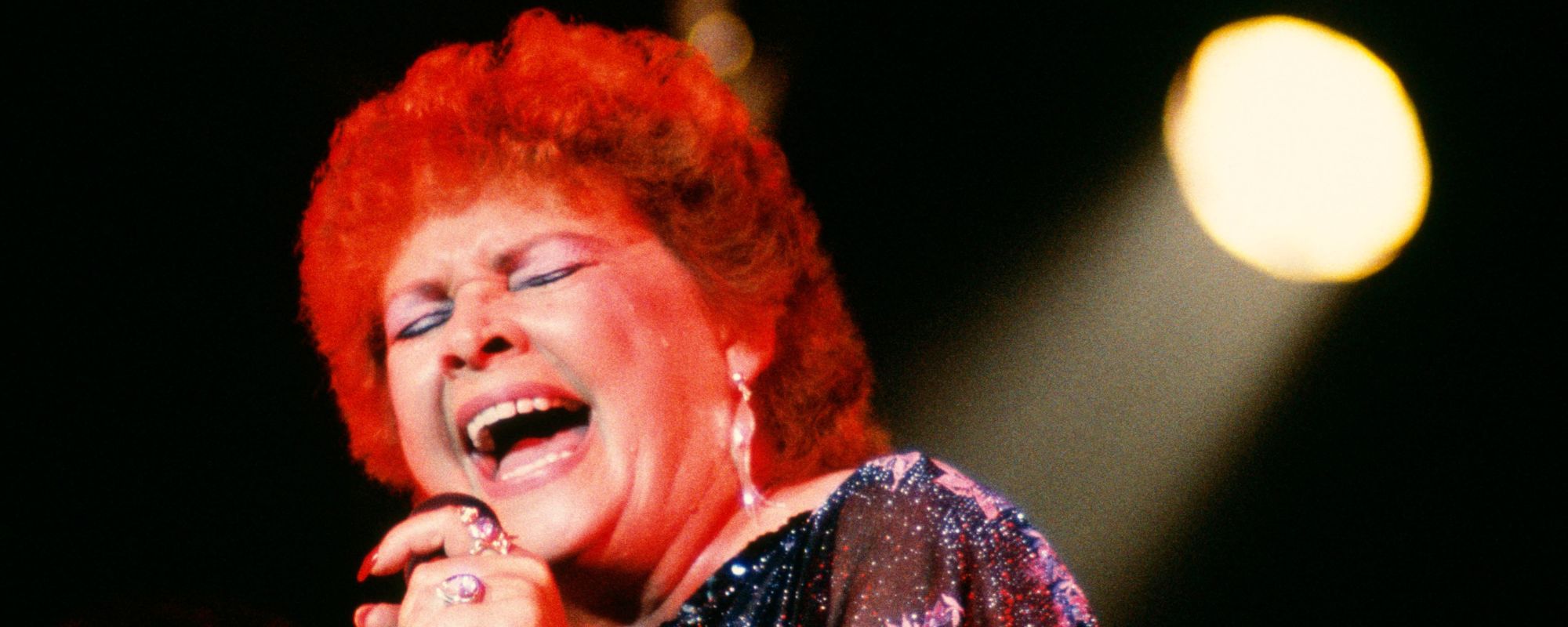
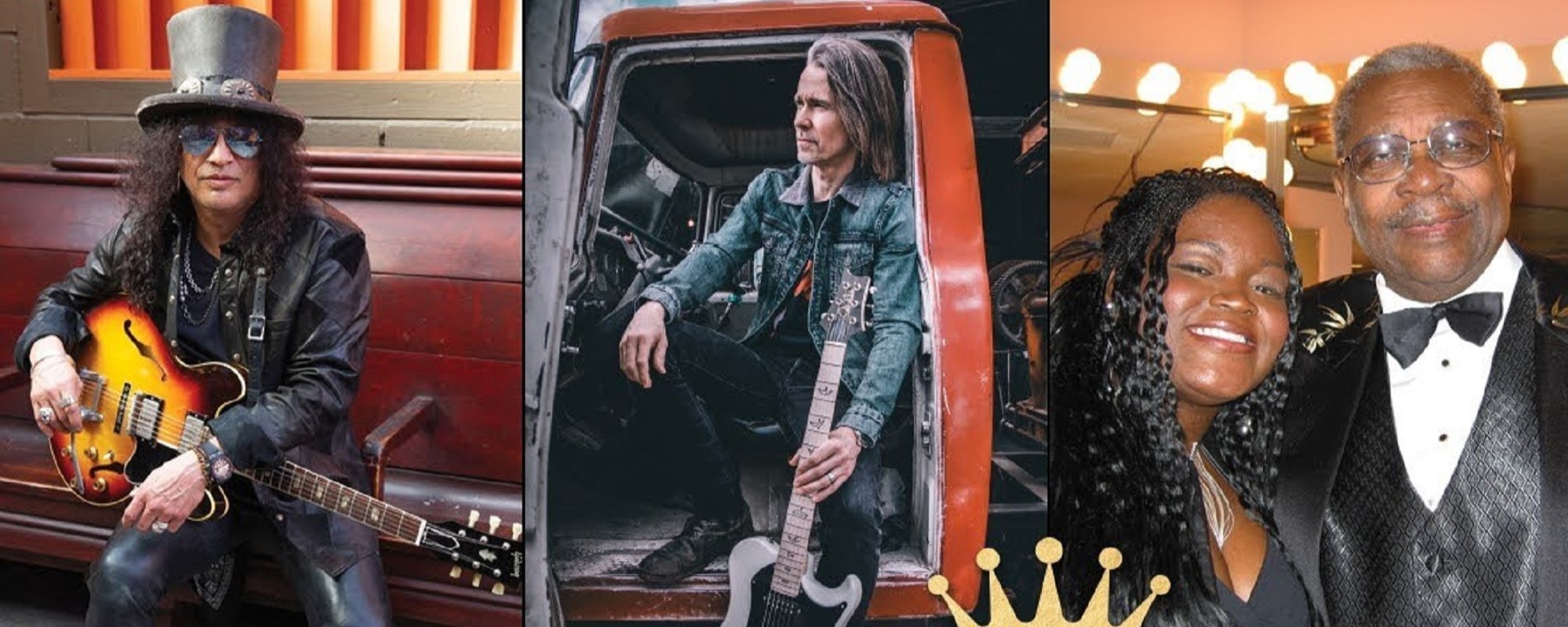


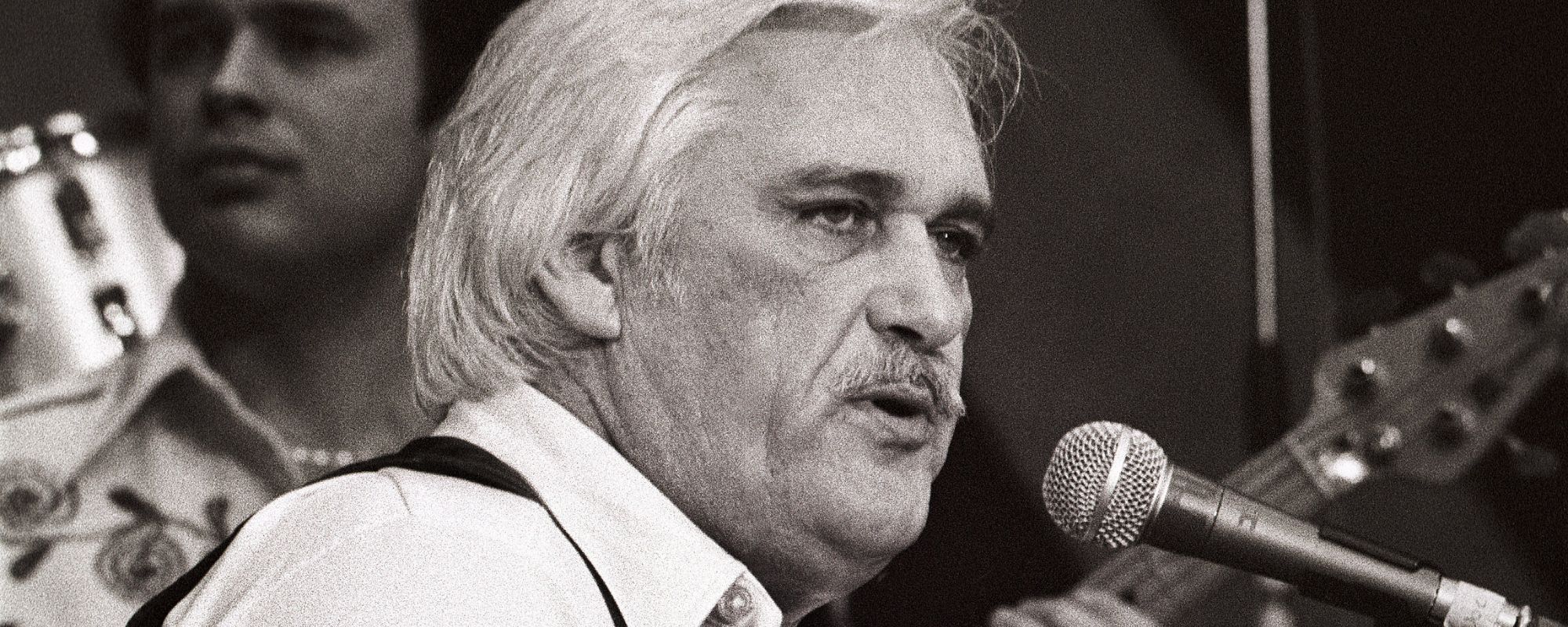


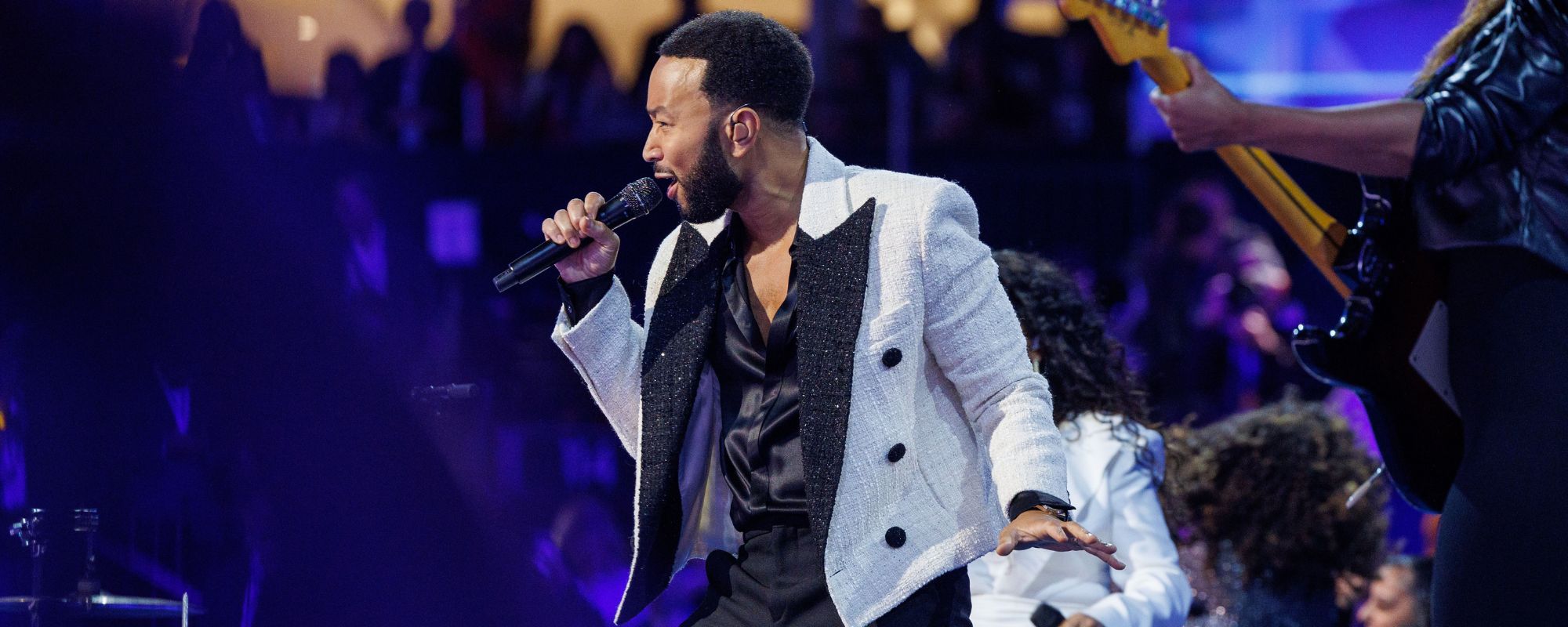

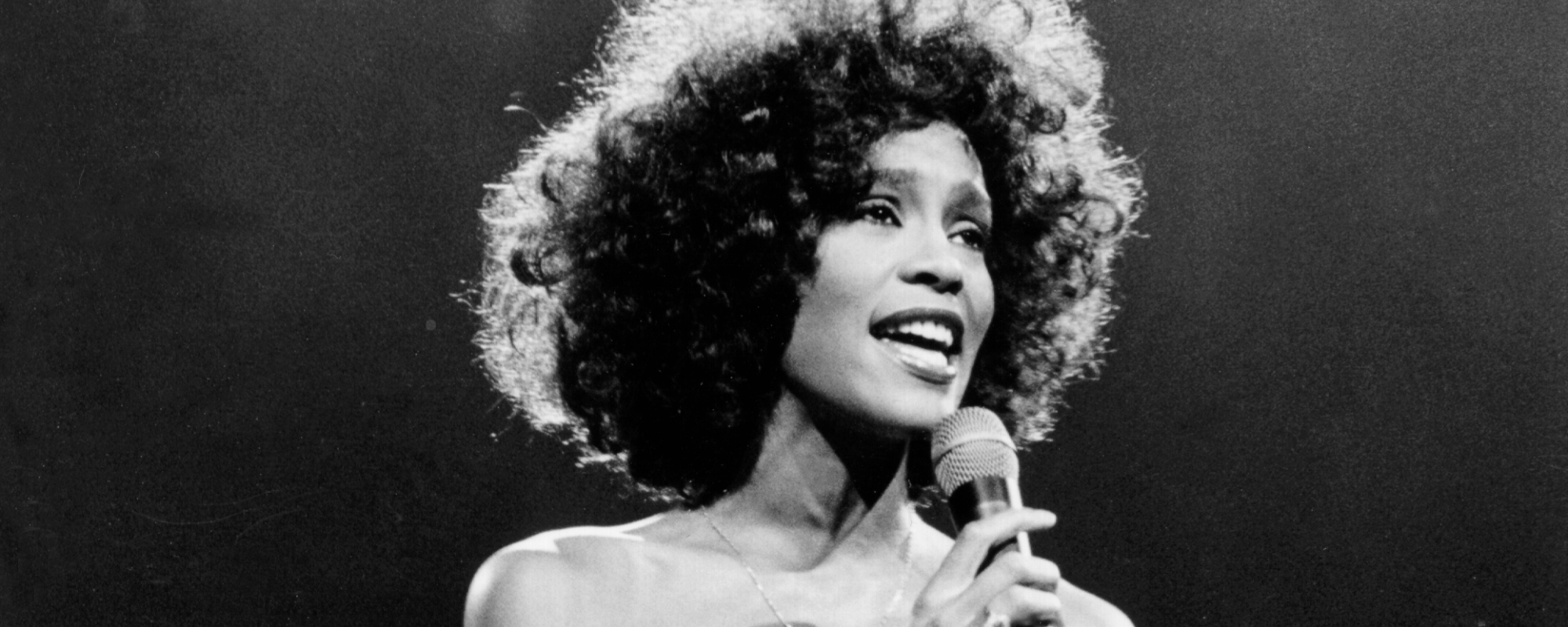
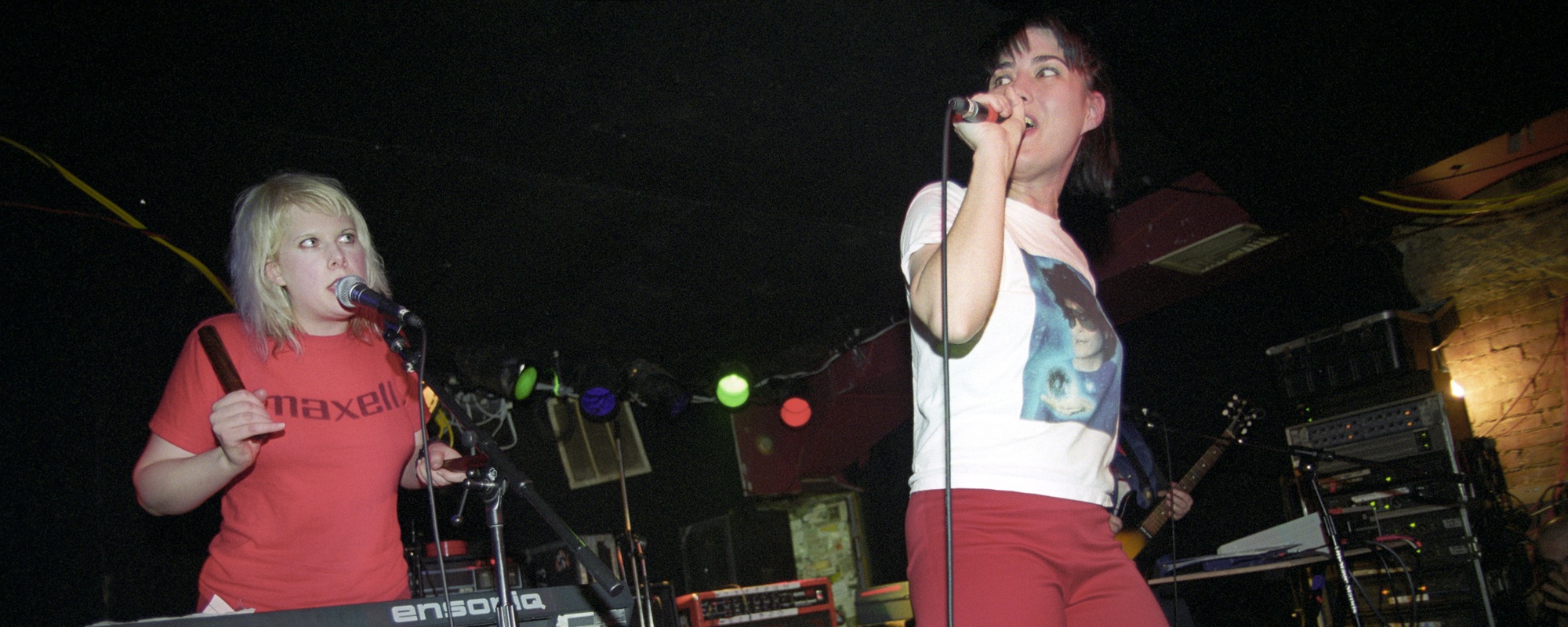
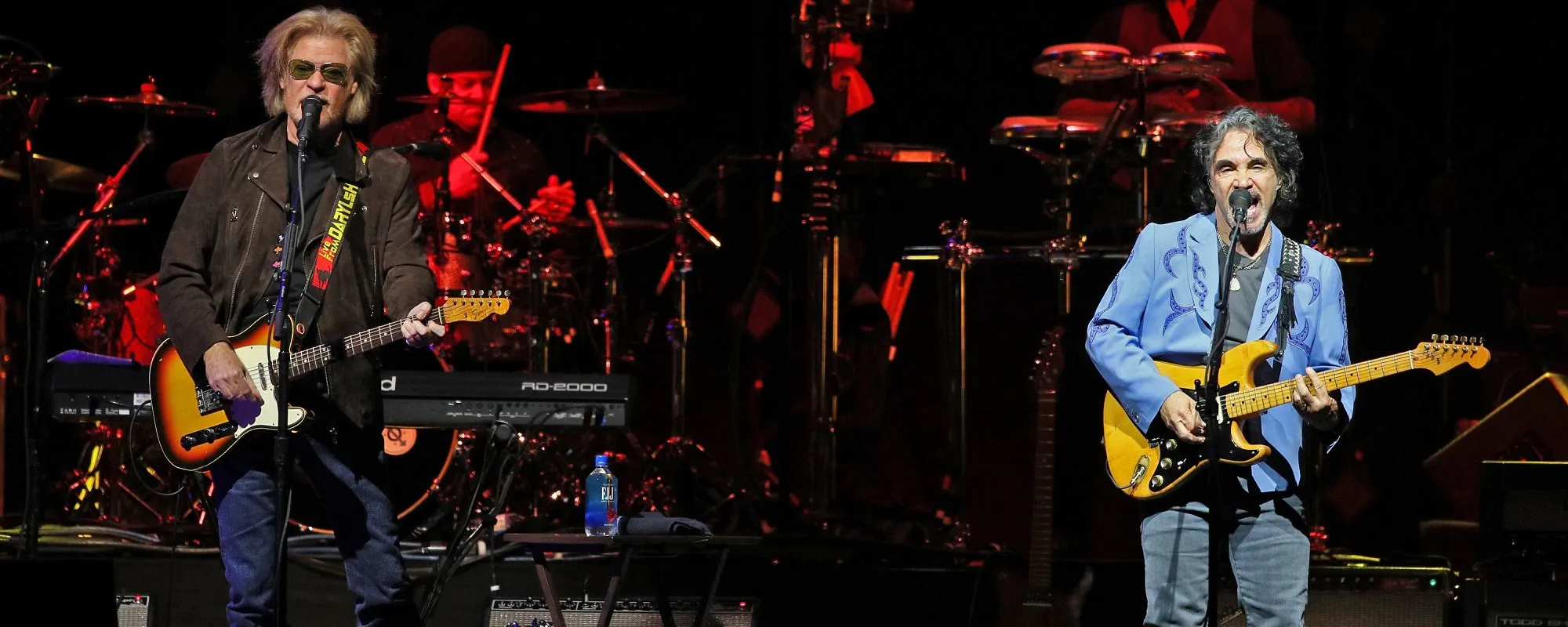
Leave a Reply
Only members can comment. Become a member. Already a member? Log in.